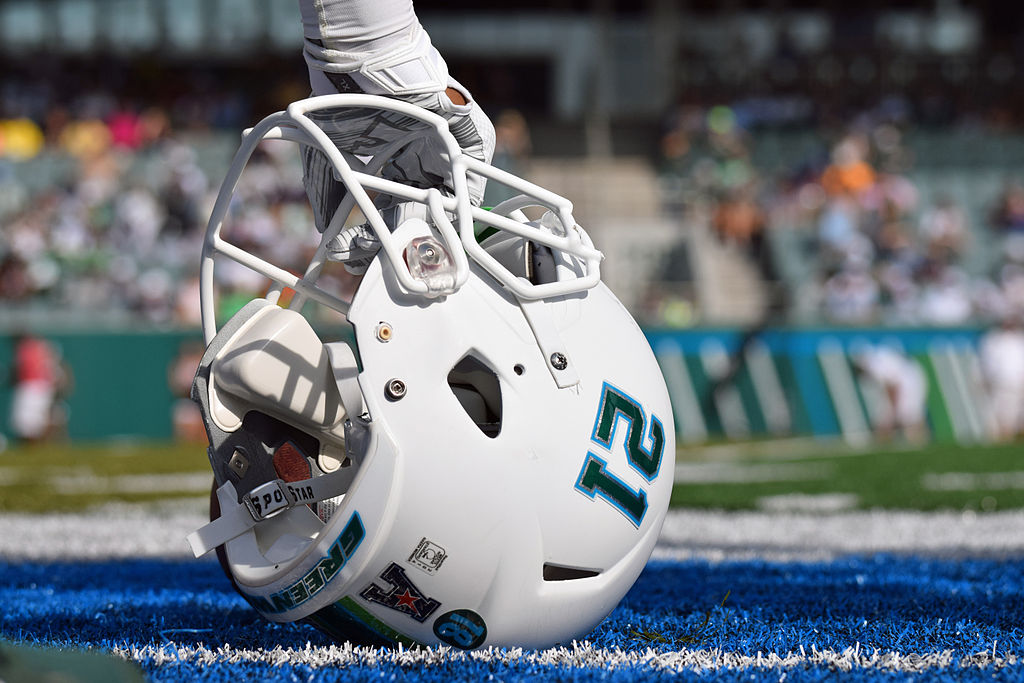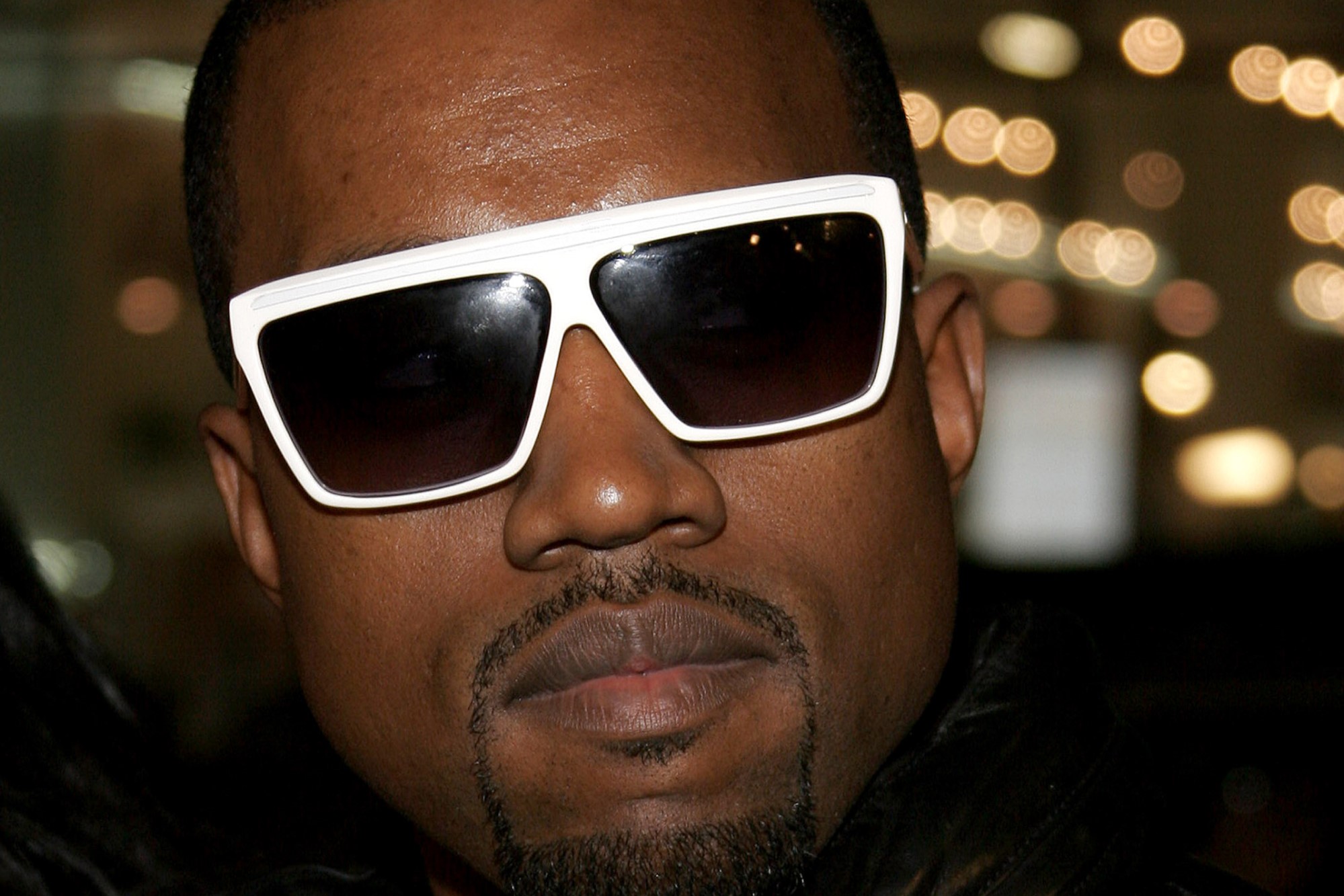Sacrifice in the Name of Sport
On July 25, The Journal of the American Medical Association published a study on the correlation between a distinctive brain damage (chronic traumatic encephalopathy, or CTE) and playing football professionally. The study included 202 brains of individuals who played football at some point in life, 111 of which were of former NFL players. They found that only one of the professional football players didn’t have CTE.
The correlation between developing CTE and playing football has been getting a great deal of coverage in the last decade. In 2015, Concussion, a movie starring Will Smith, attempted to bring to light the drama surrounding Dr. Bennet Omalu, the pathologist who attempted to confront the nation about the damage that playing football caused to athletes’ brains. The movie wasn’t as successful as critics and Smith anticipated, fitting with the trend of turning a blind eye to the repercussions on the players of the most lucrative sport in the US.
The symptoms of CTE are wide-ranging and troubling, including dementia, depression, and memory loss, and showing up years after the trauma that triggers the damage. Families and former players have been concerned about the symptoms that playing football seems to cause, but CTE can only be definitively diagnosed posthumously. This makes the study published this week especially pertinent to the discussion of the dangers of participating in a popular powerhouse sport in the US.
Out of the 202 brains tested, 177 had CTE. Though there was a selection bias, because the brains put forward for study were largely provided by families who suspected that their loved ones showed symptoms of the disease, the findings are striking and difficult to ignore. 110 out of 111 tested NFL players had CTE in the study, which means, as The New York Times reports, “About 1,300 former players have died since the B.U. group began examining brains. So even if every one of the other 1,200 players had tested negative – which even the heartiest skeptics would agree could not possibly be the case – the minimum CTE prevalence would be close to 9 percent, vastly higher than in the general population.”
What sort of danger and risk should we be willing to accept in the name of sport? Jacque Plante had to fight for the right to wear the first protective mask as a hockey goalie in regulation play in 1959, a fact that highlights that the standards of play in sports don’t always track the safety and well-being of the players.
Is playing a sport “worth” the damage to the athlete’s body? If there is a major organization that has such widespread popularity, and that receives subsidies from taxpayers, moral questions arise when the central participants routinely experience these serious harms at a greater rate than the general population. Regulations have changed over the years, and innovations in helmets and padding, as well as limits in legal “hits,” have been meant to reign in the damage to the players. Studies like those by Dr. Omalu and The Journal of the American Medical Association suggest that these moves aren’t having the impact we might like, and players are still routinely being put in serious harm’s way.
Therefore, moral questions about the risk of sport and its role in public life should arise in the public eye. Is it a public health issue that warrants public regulation and attention in the same way that other careers do, or should we consider it a matter of choice for the individual athletes who choose to devote their life to the sport?
Many sports are taxing on the body (longtime runners have joint issues, for example), and many sports tend to have players retire at a young age because of the physical wear and tear on the body. However, the average span of a professional football player’s career is 3.5 years, so if the damage done in that time lasts the remainder of their life, this is particularly significant. The morality of allowing such dangerous activities is a public interest question.
Should professional athletes be prepared to take on a different amount of harm than other risky professions? Consider other potentially harmful jobs. In a four-way tie for the most dangerous jobs in the U.S. are: elevator installer/repairer, embalmer, metal refining furnace operator/tender, and radiologist. These careers include conditions that can lower your lifespan, such as risks of exposure to disease or contaminants and exposure to hazardous conditions, that make taking part in these jobs to be the most dangerous in the U.S. When careers involve exposing the professional to a high risk, legal intervention in the form of regulation and compensations protect these citizens. The dangerous jobs put the participating members at higher risks than the general population, but the contribution to society that the careers provide adds to the justification for the individuals adopting the risks.
On the other hand, individuals that decide to climb mountains and explore unexplored territory are less regulated. These attempts to push the bounds of what humans have done and how seem to fall into a different category, perhaps more closely related to sports. When someone autonomously chooses to adopt risks in order to pursue some goal, perhaps tied to aesthetics of human achievement or glory, the push to protect the health and well-being of the participants seems to be a weaker demand. Risky careers and risky pursuits take up different places in our moral landscape. Where does this leave professional athletes?
Sport could be distinctive in a few ways. It has a competitive aspect – individuals or teams compete to see who can perform tasks (often physically taxing in nature) better. It also often has an entertainment component – there is a spectacle that captures audience’s attention, which leads to establishing celebrities amongst the participants and fans or allegiances amongst the viewers, often creating a market for profit. Sport also tends to push what is possible for the human body to achieve, breaking records and creating new ways of achieving goals often defined by particular sports; consider, for instance, the difference 50 years makes in a gold medal performance on the uneven bars at the Olympics and the inexorable improvement in world record times in track and swimming. This creates a blend of entertainment and human achievement as internal goals structuring professional sports.
The goals of pushing the limits of human achievement, and the profit involved in entertainment, can form a different justificatory structure for adopting risk than that involved in taking on the risks involved in the jobs listed above.
Because professional sports is often closely tied to the entertainment aspect, the profit involved in maintaining the audience can play a strong role in organizing the distribution of risk, as in the case of the hockey goalie mask. The concern with entertainment and profit is a tidy explanation for not pursuing the concerns over the high rate of CTE in the NFL for so long.
In the case of sport, we can often interpret the activity in question in terms of aesthetic achievement – for instance, in terms like the grandeur of climbing a mountain heretofore seen as unclimbable. Pure entertainment and pure aesthetic achievements don’t necessarily fall under the same realm of prima facie protections as those that seem applicable for other dangerous careers.
As a society, we have an interest in protecting our citizens even while allowing individuals to take on risks they are fully aware of and consent to. We do not, however, support activities that are designed to harm relevant creatures. We do not, after all, allow gladiatorial combat. We do not allow cockfighting or bear baiting. The harm and violence for “sport” permissible in our society has been trending down historically.
In 2016, WIRED asked a group of Sports Illustrated football specialists to consider the sport’s future in light of the continued increase of both profits and awareness of health risks. Those that predicted the sport would persist in popularity predicted drastic shifts in health regulations and size/skill trends towards the lighter, less bash-focused tactics. Noting already the number of athletes that select for other, less risky, sports (after the publishing of the CTE study, Baltimore Ravens offensive lineman John Urschel retired, citing CTE worries) seems to support the notion that if football is still around in 100 years, it will be a dramatically different game.





